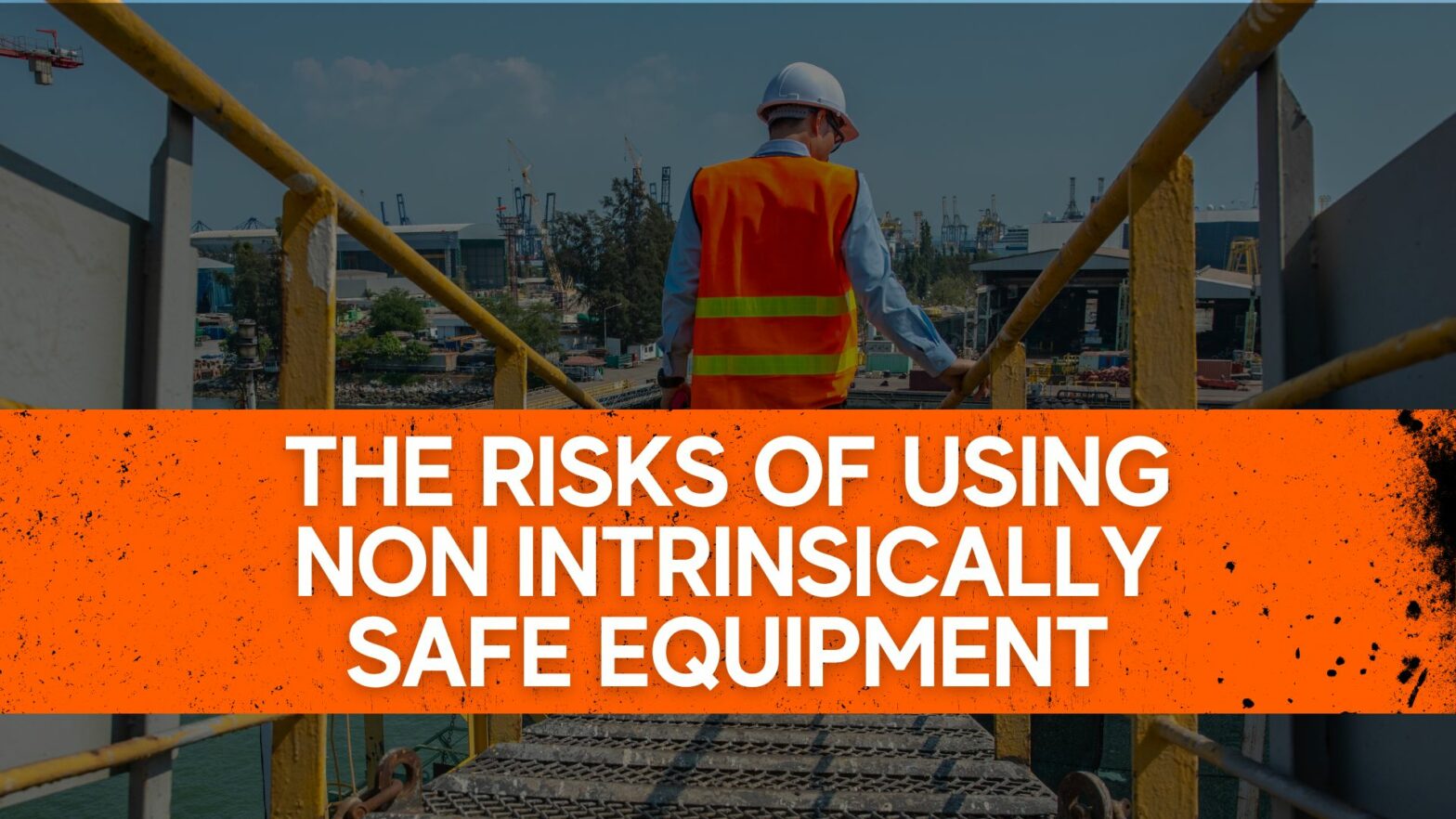The recent explosion highlights how imperative Intrinsically Safe equipment is to avoid calamities at work and massive costs. Specifically, the risks of using non Intrinsically Safe equipment recently resulted in an Illinois explosion that left four people dead and $1.6 million in fines. Here we’ll discuss the potential outcomes of not using intrinsic safety in hazardous areas, including ways to avoid this outcome.
Use of Non Intrinsically Safe Equipment Results in Explosions and Fines
Recently, OSHA charged AB Specialty Silicones LLC., a company in Waukegan, Illinois, for four willful violations of federal safety standards. One of these violations included the absence of intrinsic safety in wire methods and equipment used.
In other words, the equipment never acquired approval for use around potentially flammable liquids. The explosion resulted in fatal injuries for four employees on May 3, 2019. Later, an investigation into the matter began, yielding results only a few months ago.
Sweat went on to say that, “Employers must employ hazard recognition to protect workers from harm, especially in high hazard industries.”
Accident Consequences
As a result of these violations, the following events occurred:
Fire Department Investigation; The Waukegan, Illinois fire department launched an investigation about the cause of the explosion. However, even with no ground results found yet, the department recorded evident negligence along the way.
CSB Investigation; The Chemical Safety and Hazard Investigation Board, or CSB, also sought into the incident. According to csb.gov, four events have led to the explosion of the building:
- The instructions to make EM 652 warn of the dangers of the production of hydrogen gas when XL 10 is in contact with acids or bases.
- The EM 652 was made in a set of two atmospheric tanks that were loosely sealed. Workers would open the top of these tanks during the production process to, among other things, perform visual observations. These tanks had no engineered system to direct flammable gas, including hydrogen, to a safe location.
- The building ventilation system likely caused the flammable gas cloud to mix with air and disperse throughout the building.
- Finally, the CSB determined there were no gas detectors or hydrogen gas detectors with alarms to warn workers of the significant hazard. The gas production in the emulsions tank could produce foaming; however, foaming does not commonly occur during this portion of the EM 652 process. Additionally, near the EM 652 process further increased the potential explosion danger from flammable gases generated in the emulsions area.
OSHA fines the AB Specialty Silicones $1,591,176 for four willful violations and placed them on the Severe Violator Enforcement Program.
Multiple Violations of Safety Codes; Violations included failure to safely install electrical wiring and equipment around flammable substances, apply intrinsic safety methods, and classify locations as hazardous. Additionally, the forklift utilized propane as a source of power in areas of volatile gasses.
The safety standards for these areas were supposed to include that only electrically- or diesel-powered forklifts are allowed in hazardous areas with volatile liquids or gasses. Also, the standards are explicit about using Intrinsically Safe equipment that isn’t liable to throw off sparks.
The Principal Deputy Assistant Secretary of Labor for Occupational Safety and Health, Loren Sweat, said that the company created “an unsafe work environment with deadly consequences.”
The Occupational Safety and Health Act created the Severe Violator’s Enforcement Program. Thus, violators like AB Specialty Silicones must undergo various mandatory actions as a follow-up. Specifically, this includes recurring inspections for some time to ensure the company is compliant with the law.
Our mission at the Intrinsically Safe Store is to provide the best, certified equipment to prevent disastrous accidents. At the Intrinsically Safe Store, you’ll find readily available our intrinsically safe tablets, cell phones, dewpoint meter, gas detectors, pressure transmitters, flow computers, and pressure gauges. Additionally, all of our equipment is backed up with CSA, UL, and NEC certifications. Don’t compromise your safety by elevating your risks with non Intrinsically Safe devices. A little investment in explosion-proof equipment could go a long way.


























